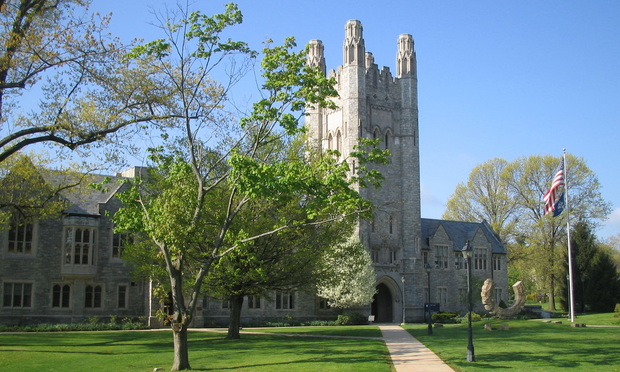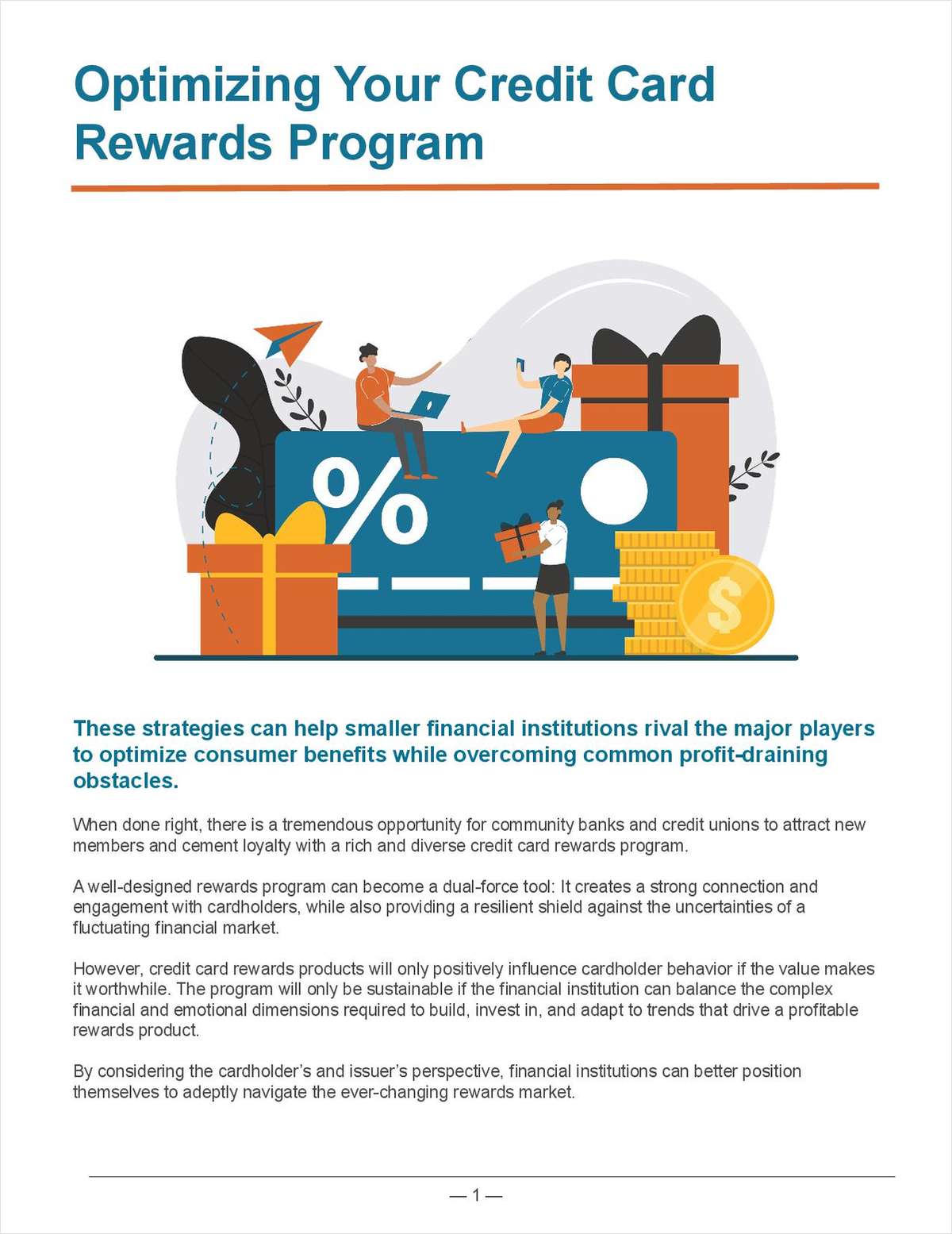Only 38 Percent Pass Connecticut Bar Exam as Success Rate Hits 18-Year Low
That's a decline of 12 percentage points from February 2017, when 82 of 163 students, or roughly 50 percent, passed the exam.
May 22, 2018 at 04:22 PM
4 minute read

For the first time since 2000, the percentage of law students passing the February Connecticut bar exam fell to under 50 percent, the latest sign of a downward trend as numbers for those taking the exam in both February and July have dropped precipitously in the past few years.
Educators and legal experts say it's not clear why those numbers have dropped, but they say the trend is not promising. The latest results, released this month, show that only 38 percent, 74 of 195 students, who sat for the bar exam in February passed.
That's a decline of 12 percentage points from February 2017, when 82 of 163 students, or roughly 50 percent, passed the exam. One year earlier, nearly 63 percent had succeeded, down from the nearly 68 percent in February 2015.
“We were all surprised to see such a fairly big drop. We just don't know why this is happening,” said Connecticut Bar Examining Committee administrative director Jessica Kallipolites. “I do not have a crystal ball, but hopefully it will be higher next time.”
Since 2000, the average pass rate for those sitting for the exam in February has been 65 percent, compared with the 75 percent average for students taking the July exam.
Justin Dion, director of the Bar Admissions Program and a professor of legal skills at Western New England, told the Connecticut Law Tribune Tuesday that February pass rates tend to be lower than July's.
“Most people who graduate in May will study for the July bar,” Dion said. “Folks who are taking the February bar may have graduated a little later in the cycle. Statistically speaking, the February bar has a lot more folks taking the bar for the second or third time. There are multiple test-takers who did not pass the bar in July and are taking it in February.”
Connecticut has no limit on how often one can take the two-day bar exam, which opens the door to repeated attempts by some candidates. Kallipolites said one candidate took the exam in February for the 27th time. That student did not pass again, she said.
Then there is the other end of the spectrum: Connecticut Bar Association President Karen DeMeola, who passed the bar on her first try in 1996. In her role as assistant dean for enrollment and students at the University of Connecticut, DeMeola now gives students advice on preparing for the exam. One of her biggest tips: self-care plays a huge role in the time leading up to the grueling exam.
“I always tell people to study and dedicate the time for this exam. It is not an easy exam, but you also must give yourself time for self-care,” DeMeola said. “My self-care was watching reruns of 'I Love Lucy.' Everyone has a different way of preparing. Some people might take an hour a day to connect with family and friends. Others might have a structured work schedule that includes yoga or meditation.”
DeMeola said she doesn't know why the pass rate numbers have dropped so much, but speculated that several factors account for the decline.
“There are often circumstances that can affect people, such as a death in the family or elder care or child care issues,” she said. “There are many things that can impact someone's ability to study and perform at an optimal level.”
Among those sitting in February, many came from outside Connecticut. For instance, 34 of the total 195 students taking the exam were from Western New England University in Springfield, Massachusetts. Of those Massachusetts students, only nine, or 26 percent, succeeded.
Another interesting point: No one from Yale University Law School took the Connecticut bar exam in February. Five Yale students had taken the bar exam in July 2017, while only two sat in February 2017.
Jan Conroy, a Yale spokeswoman, said Tuesday she believes other factors account for Yale students not taking the Connecticut bar exam.
“We have a small class and only graduate about 200 students a year,” she said. “Other schools have larger programs. … We have students from all over the country and even the world. Our students take the exams in other states, perhaps their home states, or they might gravitate to other states.”
Here are the school-by-school results:
See the latest statistics:
This content has been archived. It is available through our partners, LexisNexis® and Bloomberg Law.
To view this content, please continue to their sites.
Not a Lexis Subscriber?
Subscribe Now
Not a Bloomberg Law Subscriber?
Subscribe Now
NOT FOR REPRINT
© 2025 ALM Global, LLC, All Rights Reserved. Request academic re-use from www.copyright.com. All other uses, submit a request to [email protected]. For more information visit Asset & Logo Licensing.
You Might Like
View All
Coalition of AGs Support Updates to ABA's Legal Education Diversity Standard
3 minute read


Trending Stories
- 1Starbucks Sues Ex-Executive to Recover $1M Signing Bonus
- 2Navigating AI Risks: Best Practices for Compliance and Security
- 320 New Judges? Connecticut Could Get Wave of Jurists
- 4Orrick Loses 10-Lawyer Team to Herbert Smith in Germany
- 5‘The US Market Is Critical’: KPMG’s Former Head of Global Legal Services On the Legal Arm of the Big Four Firm Entering the US
Who Got The Work
J. Brugh Lower of Gibbons has entered an appearance for industrial equipment supplier Devco Corporation in a pending trademark infringement lawsuit. The suit, accusing the defendant of selling knock-off Graco products, was filed Dec. 18 in New Jersey District Court by Rivkin Radler on behalf of Graco Inc. and Graco Minnesota. The case, assigned to U.S. District Judge Zahid N. Quraishi, is 3:24-cv-11294, Graco Inc. et al v. Devco Corporation.
Who Got The Work
Rebecca Maller-Stein and Kent A. Yalowitz of Arnold & Porter Kaye Scholer have entered their appearances for Hanaco Venture Capital and its executives, Lior Prosor and David Frankel, in a pending securities lawsuit. The action, filed on Dec. 24 in New York Southern District Court by Zell, Aron & Co. on behalf of Goldeneye Advisors, accuses the defendants of negligently and fraudulently managing the plaintiff's $1 million investment. The case, assigned to U.S. District Judge Vernon S. Broderick, is 1:24-cv-09918, Goldeneye Advisors, LLC v. Hanaco Venture Capital, Ltd. et al.
Who Got The Work
Attorneys from A&O Shearman has stepped in as defense counsel for Toronto-Dominion Bank and other defendants in a pending securities class action. The suit, filed Dec. 11 in New York Southern District Court by Bleichmar Fonti & Auld, accuses the defendants of concealing the bank's 'pervasive' deficiencies in regards to its compliance with the Bank Secrecy Act and the quality of its anti-money laundering controls. The case, assigned to U.S. District Judge Arun Subramanian, is 1:24-cv-09445, Gonzalez v. The Toronto-Dominion Bank et al.
Who Got The Work
Crown Castle International, a Pennsylvania company providing shared communications infrastructure, has turned to Luke D. Wolf of Gordon Rees Scully Mansukhani to fend off a pending breach-of-contract lawsuit. The court action, filed Nov. 25 in Michigan Eastern District Court by Hooper Hathaway PC on behalf of The Town Residences LLC, accuses Crown Castle of failing to transfer approximately $30,000 in utility payments from T-Mobile in breach of a roof-top lease and assignment agreement. The case, assigned to U.S. District Judge Susan K. Declercq, is 2:24-cv-13131, The Town Residences LLC v. T-Mobile US, Inc. et al.
Who Got The Work
Wilfred P. Coronato and Daniel M. Schwartz of McCarter & English have stepped in as defense counsel to Electrolux Home Products Inc. in a pending product liability lawsuit. The court action, filed Nov. 26 in New York Eastern District Court by Poulos Lopiccolo PC and Nagel Rice LLP on behalf of David Stern, alleges that the defendant's refrigerators’ drawers and shelving repeatedly break and fall apart within months after purchase. The case, assigned to U.S. District Judge Joan M. Azrack, is 2:24-cv-08204, Stern v. Electrolux Home Products, Inc.
Featured Firms
Law Offices of Gary Martin Hays & Associates, P.C.
(470) 294-1674
Law Offices of Mark E. Salomone
(857) 444-6468
Smith & Hassler
(713) 739-1250










